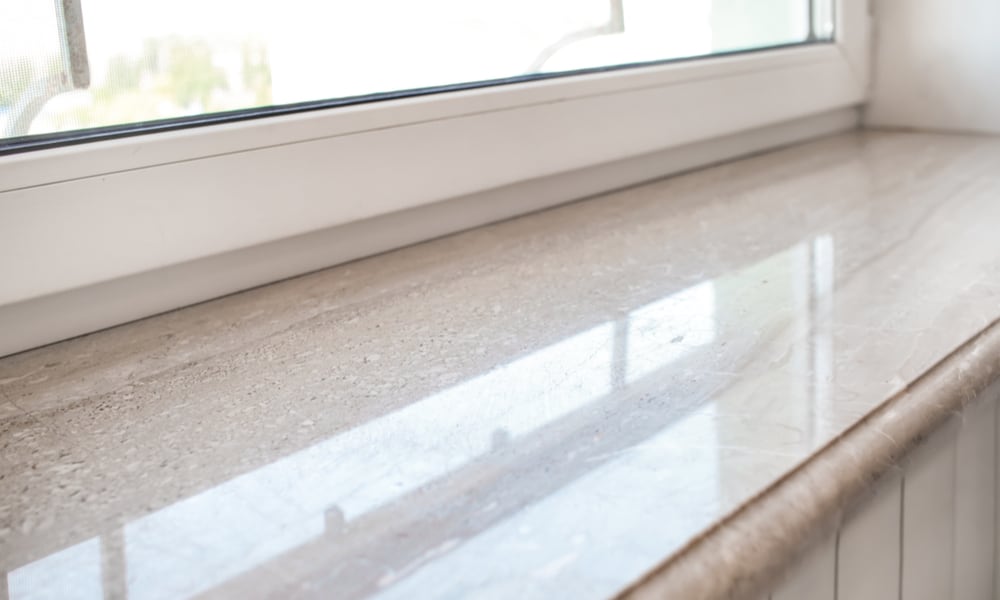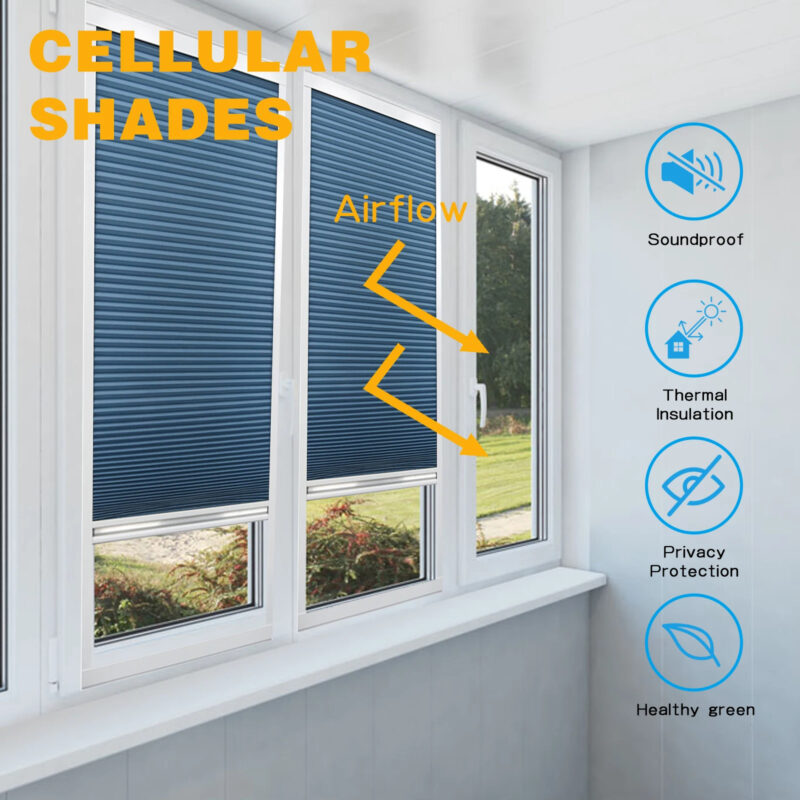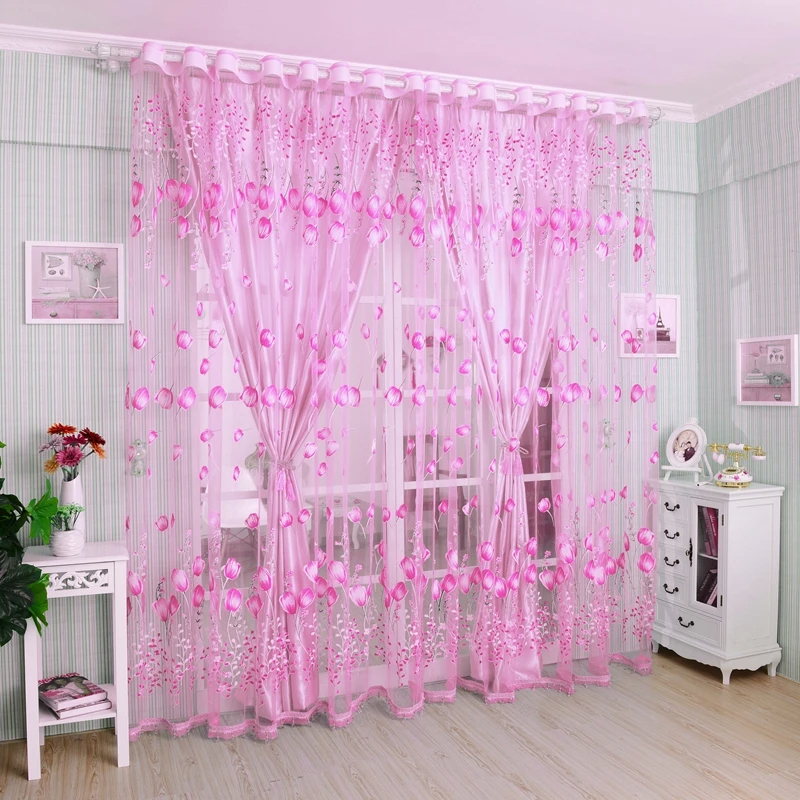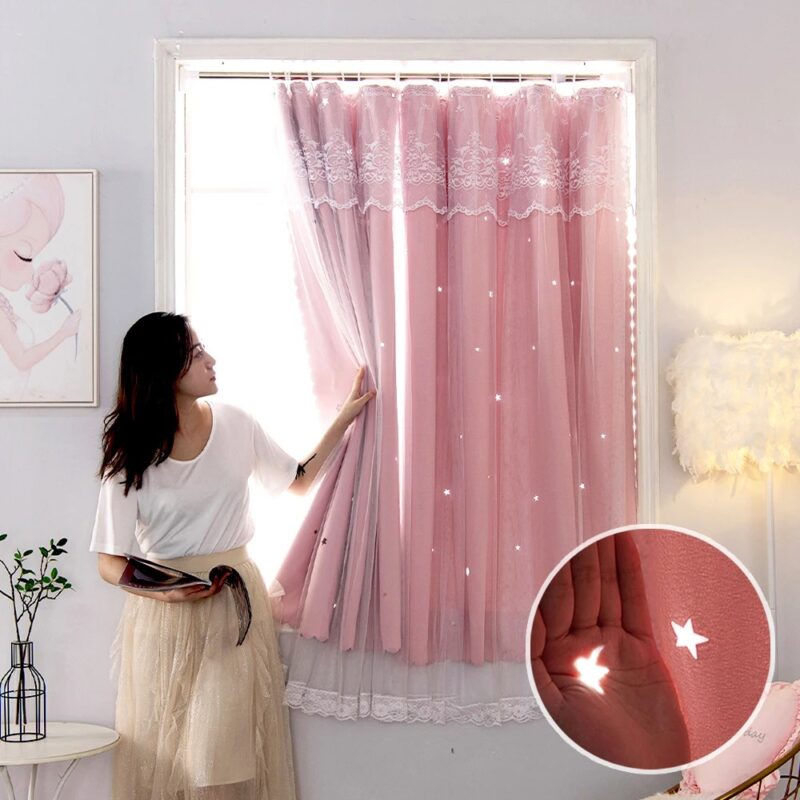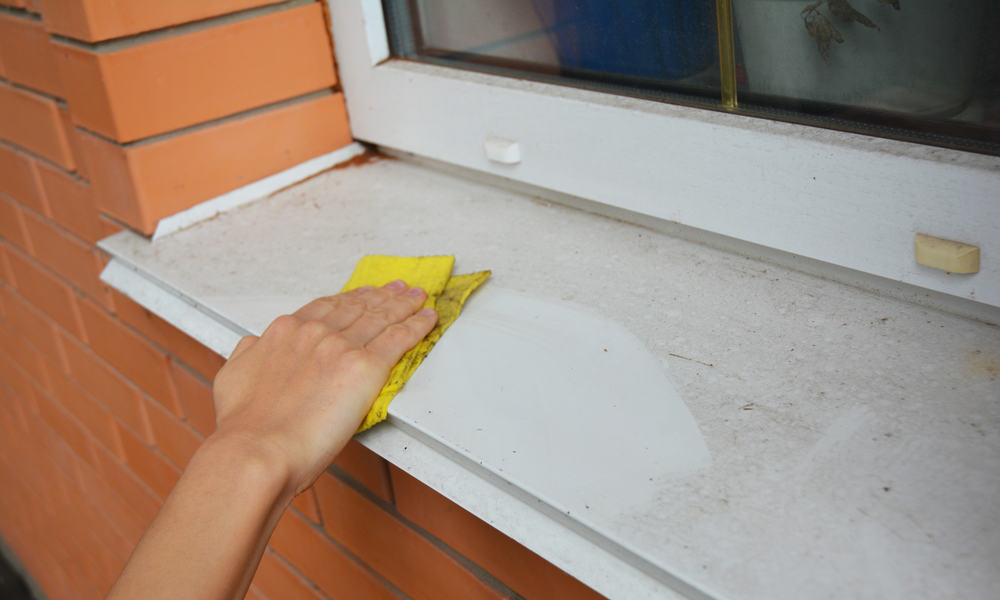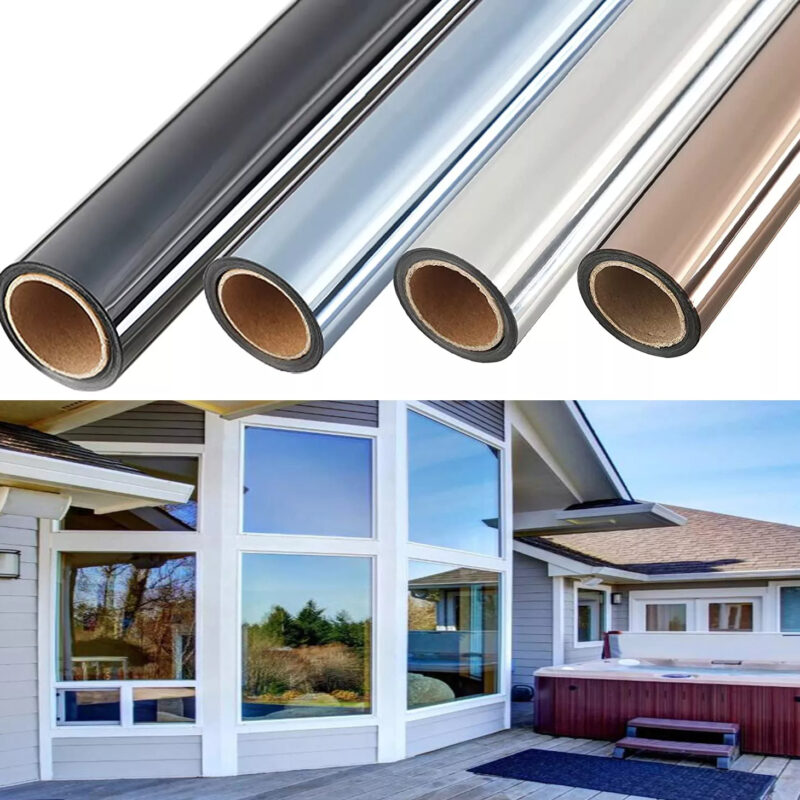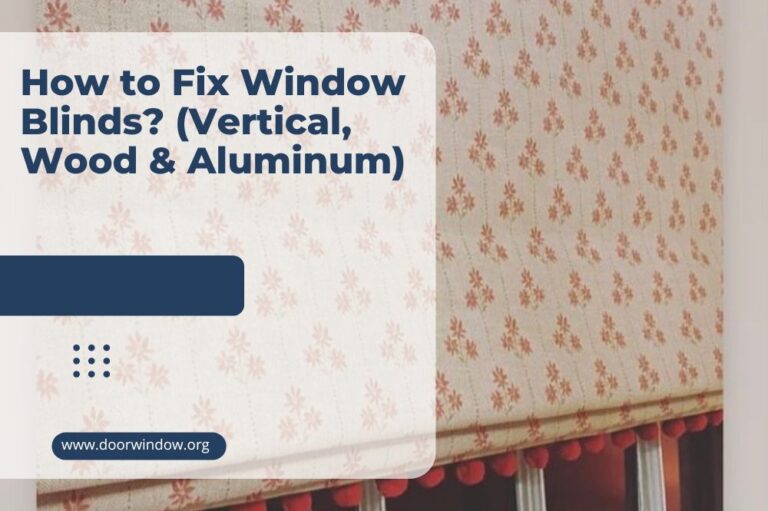Window Sill: Everything You Need to Know
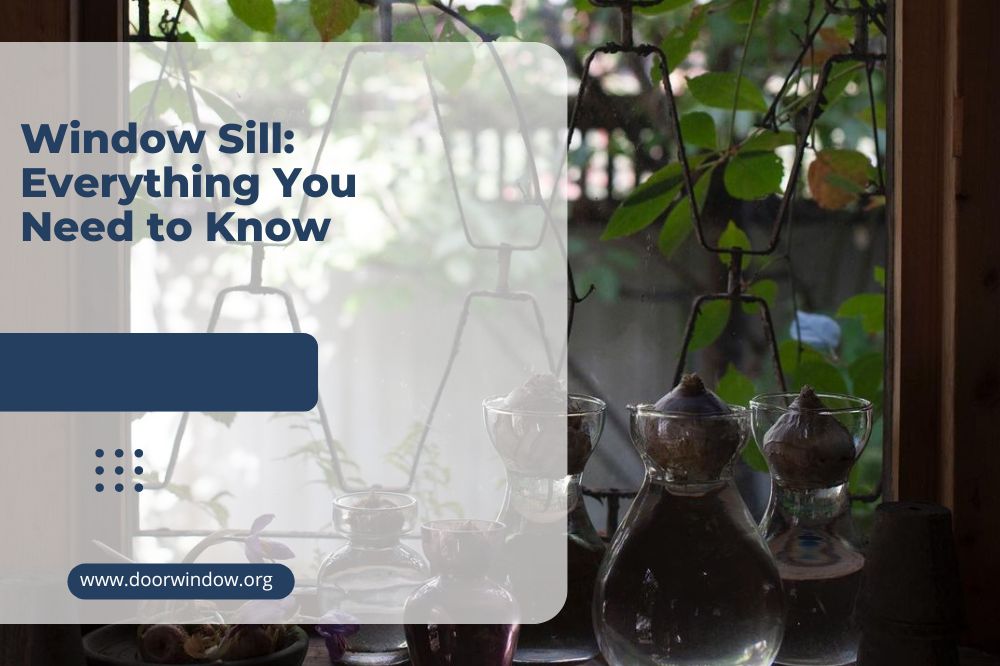
It is hard to imagine a modern home without a window sill. Although they vary in design and material, not only sills have a protective function, but they are decorative, as well. If you are creative and skillful, you can make one by yourself. Otherwise, you can always order this convenient part of the window. Let’s take a closer look at the subject.
What ‘Sill’ Really Means
You may get confused about the term window sill since you may find on the internet numerous variations of it, including a ‘windowsill’ or even ‘window cill.’ In fact, all of these expressions are correct, but most people in the USA and the UK commonly call it – window sill.
Also, some sources refer to window sill as a synonym for a window ledge, even though they are not the same pieces.
Anyway, the window sill is a horizontal shelf at the bottom of the window frame. It protects the junction of the window and provides additional support and stability for the window.
Without it, moisture will slowly damage your walls, floor, and furniture. Therefore, the sill is a necessary part of every window.
Window Sill Types
In the past, window sills were simple wooden boards, which absorbed rain. The problem with them was that even repeated painting couldn’t protect them from rot and mold in the long run.
Nowadays, you have a few options, and you should pick out the type of window sill depending on your preferences:
- Wood – If you prefer traditional windows, you probably like wooden window sills and want to install them in your home. Luckily, modern models have long-lasting waterproof layers protecting them from moisture. However, it is better to use them for internal sills only.
- Tile – In some old houses and cottages, you may still find tile window sills. They are stylish and mostly chosen for the bathroom and kitchen. I like picture windows with old-fashioned mosaic tiles people used to decorate their houses and highlight their aesthetic effects.
- Stone – Many brick and stone buildings go for natural stone sills. They last long, nicely blend in the whole exterior of the house and don’t require any special maintenance or repair.
- Metal – The affordable price of aluminum is one of the reasons why metal window sills are popular these days. On the other side, the drumming sound of raindrops on its surface may irritate you. Unfortunately, only a few manufacturers include noise suppression tapes for this type of sills.
- Plastic – During the production process, PVC sills can get natural stone, marble, or wooden appearance. At the same time, they are resistant to scratches and mold and have waterproof protection.
Window Sill Purpose
Window sills offer many benefits for your home:
- Structural – The solid sill on the bottom helps eliminate changes in the window frame and offers additional window stability. Moreover, it stops a lower rail and thus holds window sash in place when it is closed.
- Energy-saving – Window sill provides airtightness and protects the room from the draft. As a result, your home will be warm in winter, and your energy bills will decrease.
- Water protection – Sill will keep your window free of moisture and prevent water from getting inside when it rains. Also, it prevents the appearance of mold on your window and surrounding walls, which allows windows to last longer.
- Decorative and creative – You may put candles, a few decorative stones, or a lamp on your window sill, or use it as a bookshelf. With a minimum effort, you can turn it in a favorite place for reading.
- Rest area – Having your own spot by the window can affect your mood. You can grow a tiny garden there and spend your spare time in this secret rest area.
Exterior Window Sill
Although aesthetics isn’t a primary feature of the exterior window sill you need to take care of, you should think of it as a kind of decoration. Growing plants or installing a window bird feeder there won’t require much time and effort but will offer so much pleasure.
However, the most crucial purpose for exterior sill is to protect your home from bad weather. If the wall is not thick enough, windows without sills are exposed parts to rain and snow. Therefore, exterior window sills are never perfectly flat.
They have an angle of 5 to 8%, which allows rain to flow away from the wall and facade. Otherwise, the water stays there and leaks inside, causing a lot of damage. A quality exterior window sill will prevent mold growth and damage to the facade.
Interior Window Sill
While exterior sills have an angle so water and snow can fall from them, the interior sills are a flat surface. Take care to level it correctly since the safety of decorative items you put on it will depend on the accuracy of the measurements.
Since protection is a less priority inside, the primary attribute of the interior window still is appearance. Therefore, you should pick out the material which goes with the style of your room.
You can also add a bench or a comfortable chair near your interior sill. If you are particularly creative, there is a never-ending list of ideas for that part of the window.
For example, you can install a cat window perch there. Also, don’t hesitate to put aromatic candles and family photos on it. Thanks to window blinds, you can protect them from the sunlight in the middle of the day.
The great idea is to use your window sill as a corner for studying or reading. With a lamp and a few books, you can quickly transform it into an office with a view.
You can also use your window sill in the kitchen as a storage space. Put there a few decorative boxes filled with cook ingredients, thus freeing up shelf space.
It is an excellent place to place flower pots since there is plenty of sunlight. Also, you can grow herbs on the kitchen interior window sill and have fresh spices whenever you need them.
Window Sill Maintenance
Like any other element of your home, the window sills need regular maintenance. Removing dirt, dust, and bird feathers can save you a lot of trouble. Remove them with a vacuum cleaner and clean the sill with a cloth, water, and an anti-mold remedy. If necessary, mix bleach and water to clean profoundly affected areas.
If you see black dots in the corners of the window sill, you probably have a mold problem. Mold is contagious and unhealthy, and its spores can get in your lungs through the air. Therefore, you need to remove it as soon as possible or call a mold remediation company to solve the problem.
Changeable weather causes your window sill to collect a lot of dirt. To avoid endless cleaning, you can apply a thin layer of leather or floor wax to it. Water will drip faster from the waxed sill, and wind will remove dirt more quickly.
Rain flowing down the window sill may cause strips on the wall bellow and ruin the facade. Therefore, you should add a drip edge, especially if you have metal sills, to avoid rust.
How to Replace Window Sill?
Over time, you will need to replace window sills, especially exterior ones. Keep in mind that their lifetime is approximately ten years. After that, you will see them start to decay. On the other hand, interior sills may look brand new, but they absorb water over time, which leads to leaking and wetting inside the wall.
When the temperatures are exceptionally high in summer, aluminum sills may expand or shrink. Also, they may warp when it is too cold during the winter. Depending on the type of window sills, you may need to replace them. You can do it by yourself if you have appropriate tools, including:
- Hammer
- Pry bar
- Sandpaper
- Air compressor
- Nails
- New sill
- Waterproof filler like caulk
Be as gentle as possible, and try to avoid damaging walls and window glass. You may have to remove the window panes from the window first. Use the pry bar to remove the old window sill, clean traces old glue, and pull out all nails.
When you take out old sill, you may find out that window trim under sill is wet and rot. Before placing the new one, you need to let the area entirely dry. It is time to repair any possible cracks on the wall, as well.
Then, it is time to attach the new window sill. Make sure it fits perfectly, and then carefully fill in possible gaps with caulk to prevent moisture in the future.
Making window sills
Here is the video if you want to make a window sill yourself.
Summary
Thanks to the window sills, your house won’t suffer from water damage. Moreover, they will decrease the condensation between window panes and stabilize the room temperatures. Take care of your sills since they change the appearance of your home and make it a comfortable place for relaxation.

